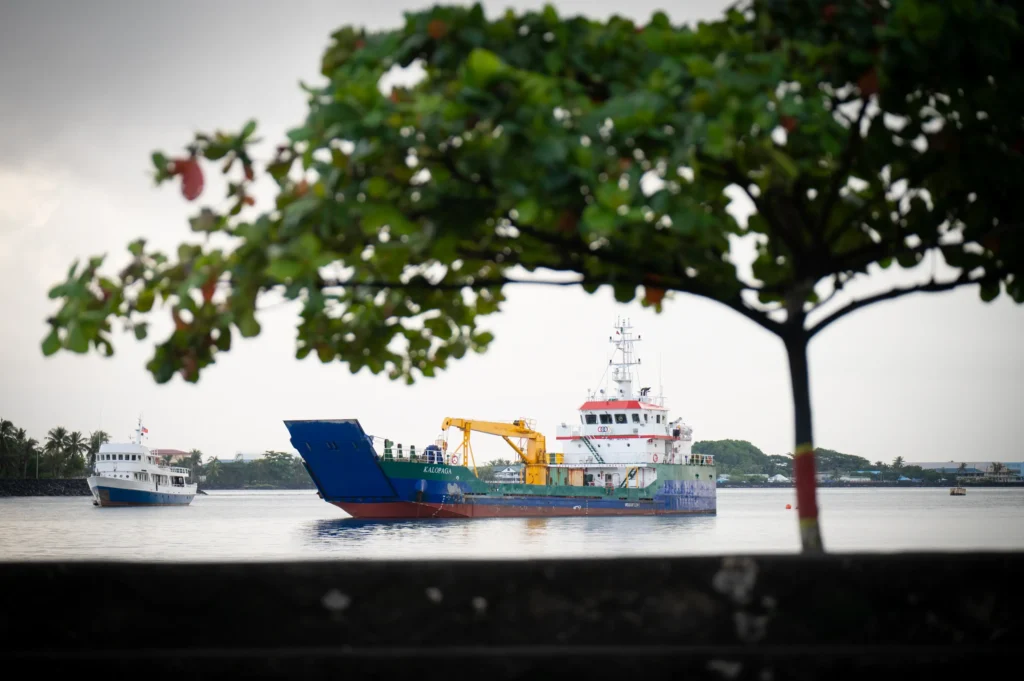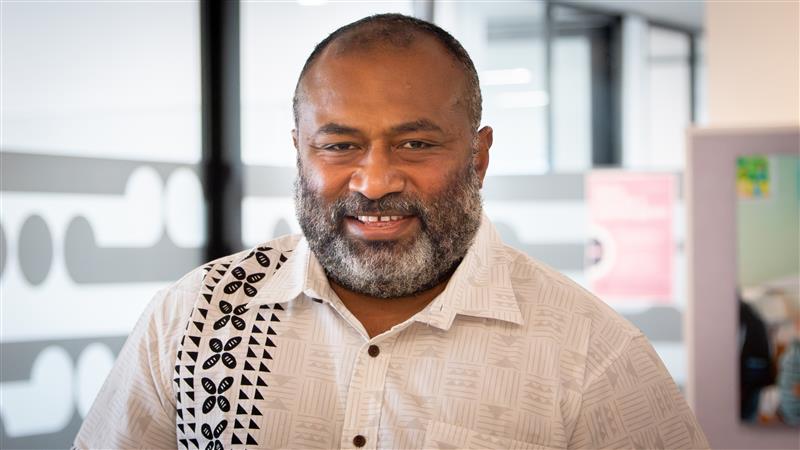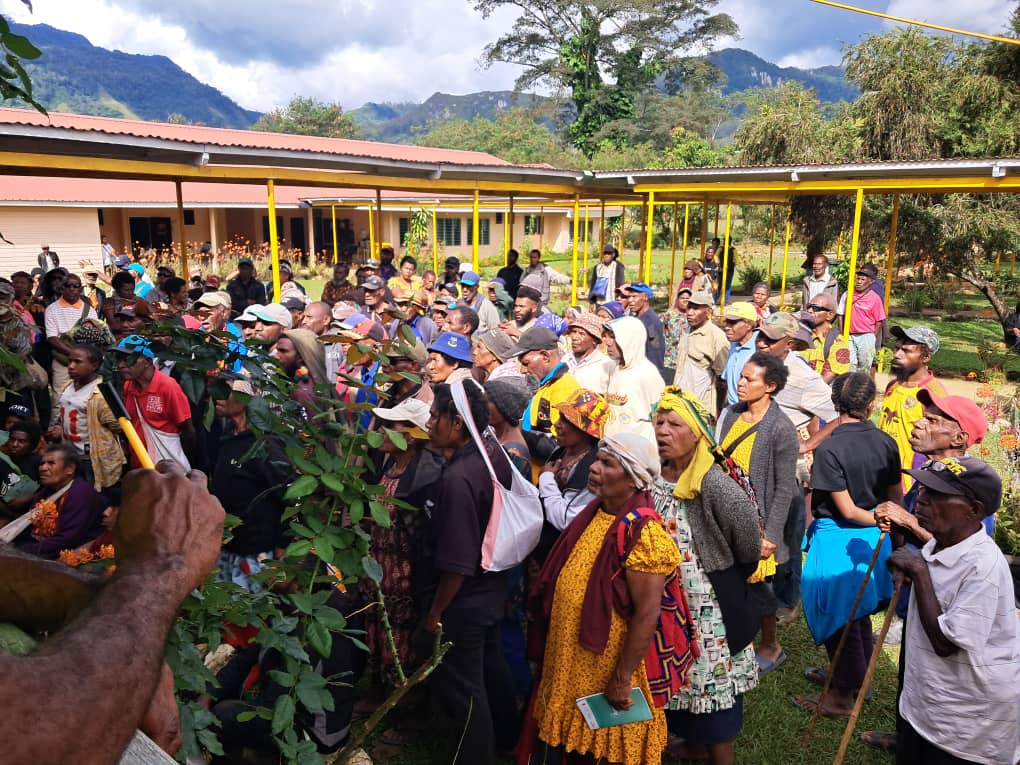Last year, an Outreach Team from the Pacific Eye Institute (PEI) in Fiji undertook a remarkable journey to bring essential eye care to Tokelau, one of the most remote places in the world.
The only way to get to Tokelau is via boat from Samoa, a trip that takes more than 24 hours across open ocean. The small nation, made up of three coral atolls—Fakaofo, Nukunonu, and Atafu—has no resident eye care workers, making it one of the hardest places in the Pacific to access eye care.
Over three weeks, the Outreach Team, comprising an eye nurse from Samoa, an eye technician from Fiji, and a Tokelauan nurse, travelled between the islands with all their equipment. Despite rough seas and long inter-island crossings, they screened 702 people, representing 94 percent of Tokelau’s population.
The team identified 44 people in need of cataract surgery, along with others requiring further treatment for conditions such as diabetes eye disease and pterygium. For many, it was the first time they had ever had an eye examination.

Because of Tokelau’s remoteness, bringing a surgical team and all the required equipment was not realistic. Instead, we helped support an agreement between the governments of Tokelau and Samoa to bring the Tokelauan patients to Samoa for treatment. The team from PEI would help perform the surgeries, and also help clear Samoa’s long patient backlog.
“It’s an excellent idea for little countries, knowing that their future in eye care will never be like other Pacific Island countries with bigger populations, that have more access, that will have more patients and a regular eye service,” Dr Nola Pikacha from PEI said.
“This is a step in the right direction where patients are not left out because of the isolation of their countries. It is a way in which governments can cooperate, and that Pacific-wide eye care services can help deliver services to those that need them. That’s something with the Pacific family in eye care. We are still giving and helping each other where it is needed.”

Earlier this year, over half of the identified Tokelauan patients made the long sea journey to Apia, Samoa, where they received sight-restoring surgery at Tupua Tamasese Meaole (TTM) Hospital. The journey is not an easy one. “It’s long. For most people, seasickness is the problem,” said Sene Kerisiano, the Director of Health for Tokelau, who travelled with the patients. Inclement weather and choppy waters can prolong the trip to 36 hours.
With only one boat every two weeks between Samoa and Tokelau, those travelling for surgery needed to stay in Samoa for at least a month to complete their operations and post-surgery check-ups before returning home. Many needed a caregiver to accompany them due to their vision impairment, meaning two people had to be away from home. For working families, this often meant a loss of income and added financial strain.
Because of the demanding nature of the trip, not all 44 patients identified during screening were able to make the journey. “There were others, but unfortunately, due to disability and age, they were unable to travel,” Sene said. “But also, other people could not travel because they have elderly parents to look after.”

In the end, the Tokelau outreach in Samoa restored sight for many who had been living with avoidable vision loss. For such a small nation, the impact was extraordinary. As a proportion of the population of Tokelau, one singular outreach was responsible for nearly ending avoidable blindness for the entire country.
Dr Nola reflected on the surgeries by saying, “It’s a satisfying feeling. Something that a salary can’t buy. The money that you spend, it is very well spent. The impact for each dollar is huge. What we have seen in this outreach is the impact of that donation goes out to the very ends of the earth. The very ends of the ocean, I should say!”
“That is something that The Fred Hollows Foundation NZ is a champion of,” Dr Nola said. “Everyone has the right to sight, even those that don’t have access readily in their own country.”
The Outreach Team’s efforts show what is possible when Pacific nations work together to reach those most in need. By bringing services directly to remote communities and supporting patients to access treatment elsewhere, we are ensuring that no one is left behind.





